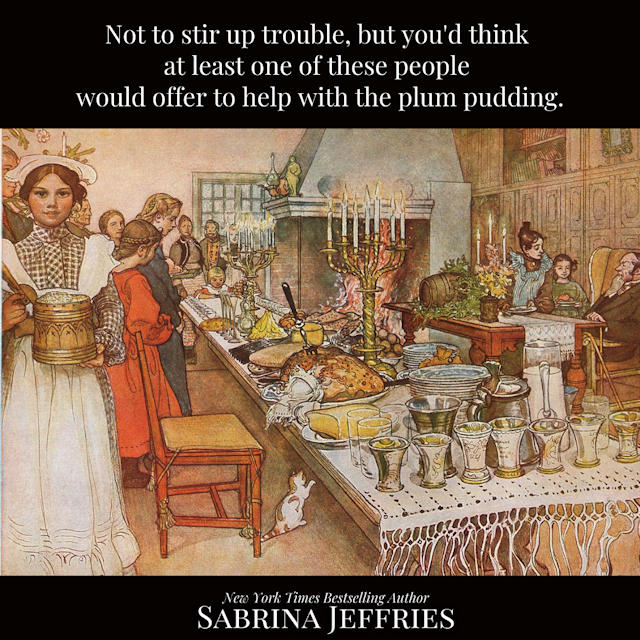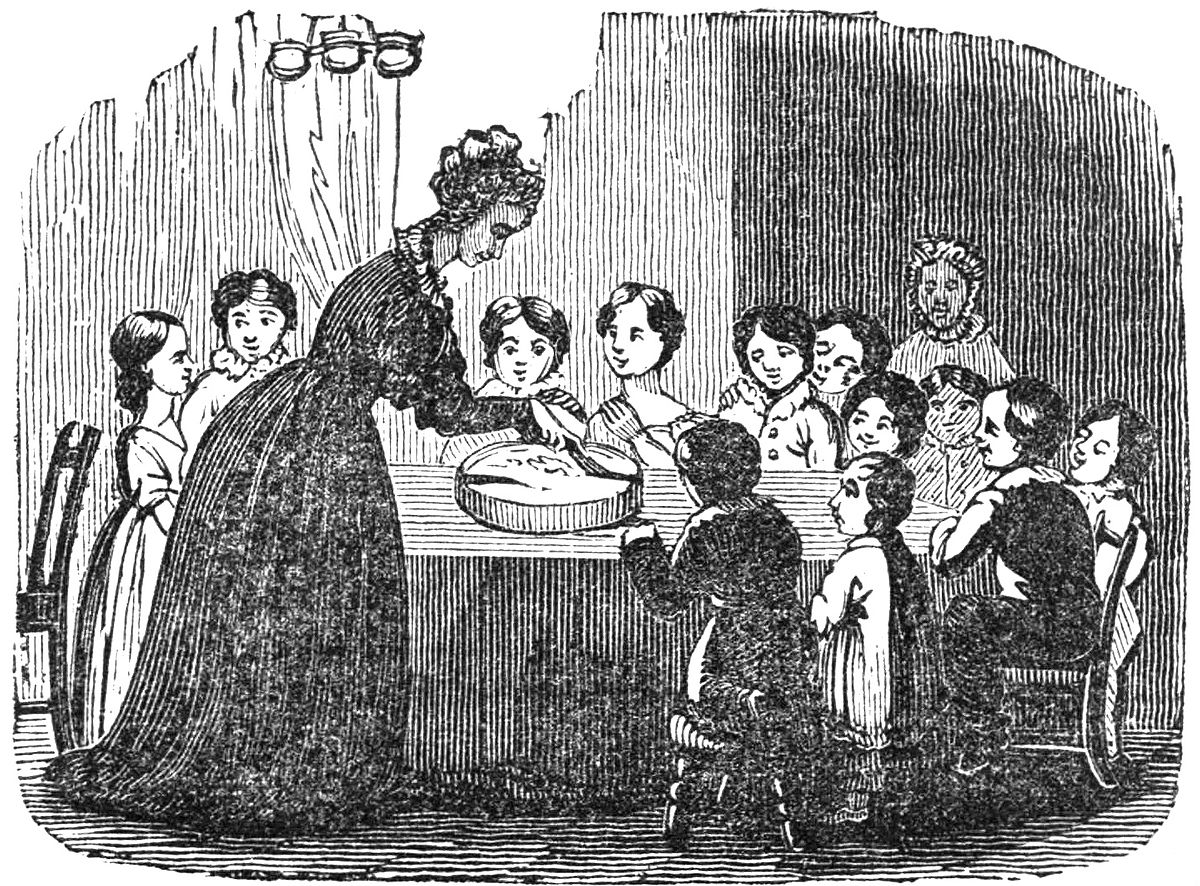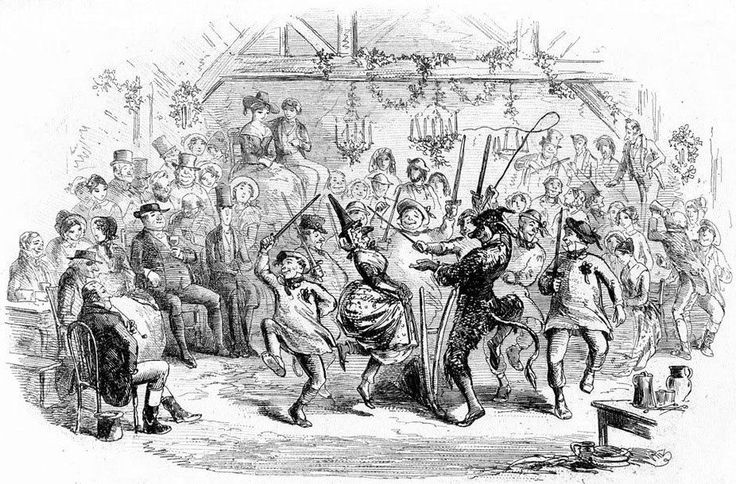Christmas Meal

You may think I’m beginning a bit early to think about the Christmas meal, but I’m right on time according to British tradition. I’m writing this on the Thursday before Stir-up Sunday (this year on November 22nd), which is the day everyone in Regency England would have been “stirring up” their Christmas plum pudding. I’m sure plenty of you already know this, but British plum pudding is more like our U.S. fruitcake in its consistency and ingredients. What we call pudding is what the Brits would call custard or blancmange … but I digress. Stir-up Sunday always falls on the Sunday before Advent Sunday. There’s a complicated reason for why it’s called Stir-up Sunday, having to do with the Anglican liturgy, but the upshot of it is that plum pudding has to be prepared and cooked well in advance, and apparently it takes a lot of people to stir it up. (It sounds a bit like churning butter to me, and that’s hard.) After all, you need to have some strength left in your arm for hauling Yule logs and a Christmas tree!




